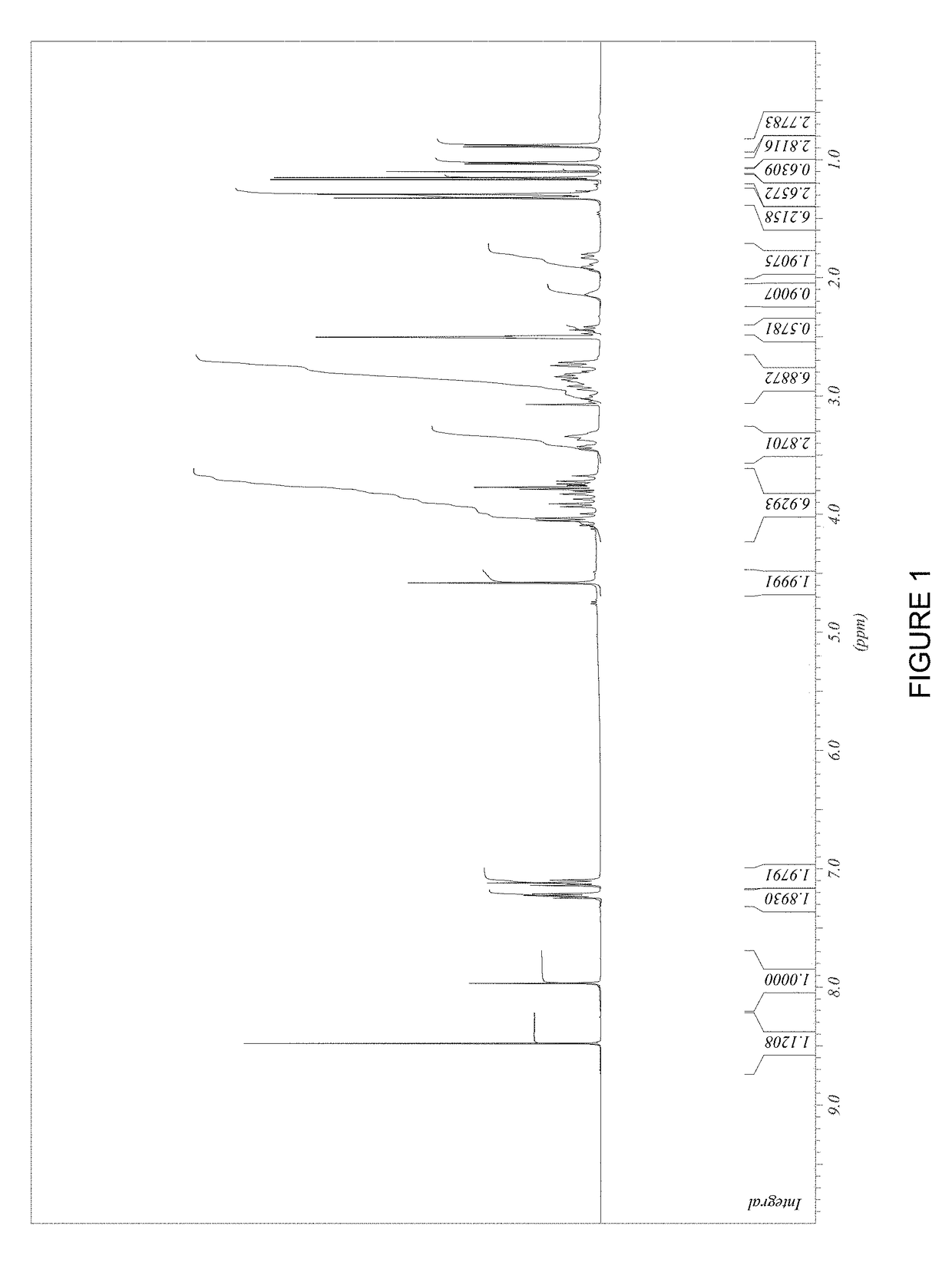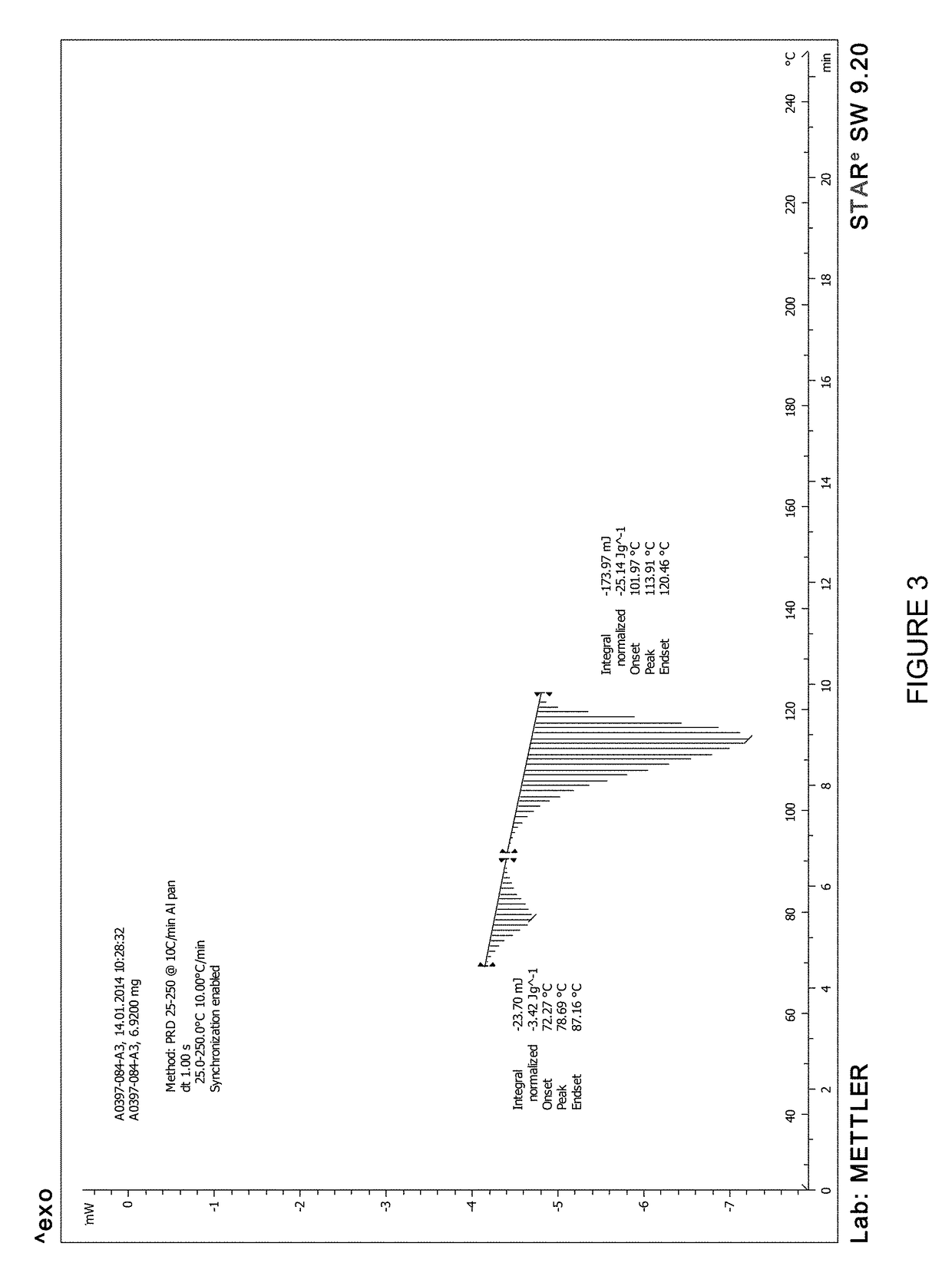Bicyclic heterocycle compounds and their uses in therapy
a technology of bicyclic heterocycle compounds and compounds, applied in the field of new bicyclic heterocycle compounds, can solve problems such as poor clinical outcomes
- Summary
- Abstract
- Description
- Claims
- Application Information
AI Technical Summary
Benefits of technology
Problems solved by technology
Method used
Image
Examples
examples
[0700]The invention will now be illustrated, but not limited, by reference to the specific embodiments described in the following examples. Compounds are named using an automated naming package such as AutoNom (MDL) or are as named by the chemical supplier.
[0701]The following synthetic procedures are provided for illustration of the methods used; for a given preparation or step the precursor used may not necessarily derive from the individual batch synthesised according to the step in the description given. In the examples, the following abbreviations are used.[0702]Ac2O acetic anhydride[0703]AcOH acetic acid[0704]Boc tert-butyloxycarbonyl[0705]Boc-Abu-OH (S)-2-(Boc-amino)butyric acid[0706]BuLi butyllithium[0707]CDI 1,1-carbonyldiimidazole[0708]mCPBA m-chloroperbenzoic acid[0709]DCM dichloromethane[0710]DIPEA N-ethyl-N-(1-methylethyl)-2-propylamine[0711]DMC dimethyl carbonate[0712]DMF N,N-dimethylformamide[0713]DMSO dimethyl sulfoxide[0714]EDC 1-ethyl-3-(3′-dimethylaminopropyl)-carb...
preparation 1
(R)-2-((S)-2-Benzyloxycarbonylamino-3-hydroxy-propionyl-amino)-propionic acid methyl ester
[0831]Diisopropylethylamine (375 mL) was added dropwise to a cooled mixture of (R)-2-amino-propionic acid methyl ester hydrochloride (100 g, 0.716 mol), EDC (165 g, 0.86 mol), carbobenzyloxy-L-serine (171.4 g, 0.716 mol) and DCM (3.6 L). The resulting mixture was stirred under nitrogen at ambient temperature for 16 h. After removing solvent in vacuo at 40° C., the residue was diluted with saturated sodium carbonate (1 L), water (1 L) and extracted with EtOAc (2 L, 2×1 L). The combined organic phases were washed with 2 M hydrochloric acid (1 L), saturated brine solution (1 L), dried over magnesium sulfate and concentrated in vacuo at 40° C., to give the title compound (172 g) as a colourless solid. 1H NMR (Me-d3-OD): 7.44-7.28 (6H, m), 5.13 (2H, s), 4.46 (1H, d), 4.43 (1H, d), 4.25 (1H, t), 3.82-3.68 (5H, m), 1.39 (3H, d).
preparation 2
(3S,6R)-3-Hydroxymethyl-6-methyl-piperazine-2,5-dione
[0832]To (R)-2-((S)-2-benzyloxycarbonylamino-3-hydroxy-propionyl-amino)-propionic acid methyl ester (which may be prepared as described in Preparation 1) (172 g, 0.53 mol) was added 10% palladium on carbon (8.6 g), MeOH (530 mL) and cyclohexene (344 mL) under nitrogen. The mixture was heated to reflux for 17 h. MeOH (500 mL) was added and the reflux continued for 1 h. The hot reaction mixture was filtered through a pad of celite, cake washing with hot MeOH (2×500 mL). The combined filtrates were concentrated. The resulting solid was slurried in 2-butanone (400 mL) and petrol (400 mL) was added gradually over 10 min. After stirring for 30 min, the solids were filtered, cake washed with 2:1 petrol / 2-butanone (300 mL). The filter cake was dried in vacuo at 40° C., to give the title compound (68.3 g) as an off white solid. 1H NMR (DMSO-d6): 8.08 (1H, s), 7.90 (1H, s), 5.11 (1H, t), 3.92 (1H, q), 3.80-3.71 (1H, m), 3.71-3.60 (1H, m), 3...
PUM
| Property | Measurement | Unit |
|---|---|---|
| concentration | aaaaa | aaaaa |
| concentration | aaaaa | aaaaa |
| concentration | aaaaa | aaaaa |
Abstract
Description
Claims
Application Information
 Login to View More
Login to View More - R&D
- Intellectual Property
- Life Sciences
- Materials
- Tech Scout
- Unparalleled Data Quality
- Higher Quality Content
- 60% Fewer Hallucinations
Browse by: Latest US Patents, China's latest patents, Technical Efficacy Thesaurus, Application Domain, Technology Topic, Popular Technical Reports.
© 2025 PatSnap. All rights reserved.Legal|Privacy policy|Modern Slavery Act Transparency Statement|Sitemap|About US| Contact US: help@patsnap.com



